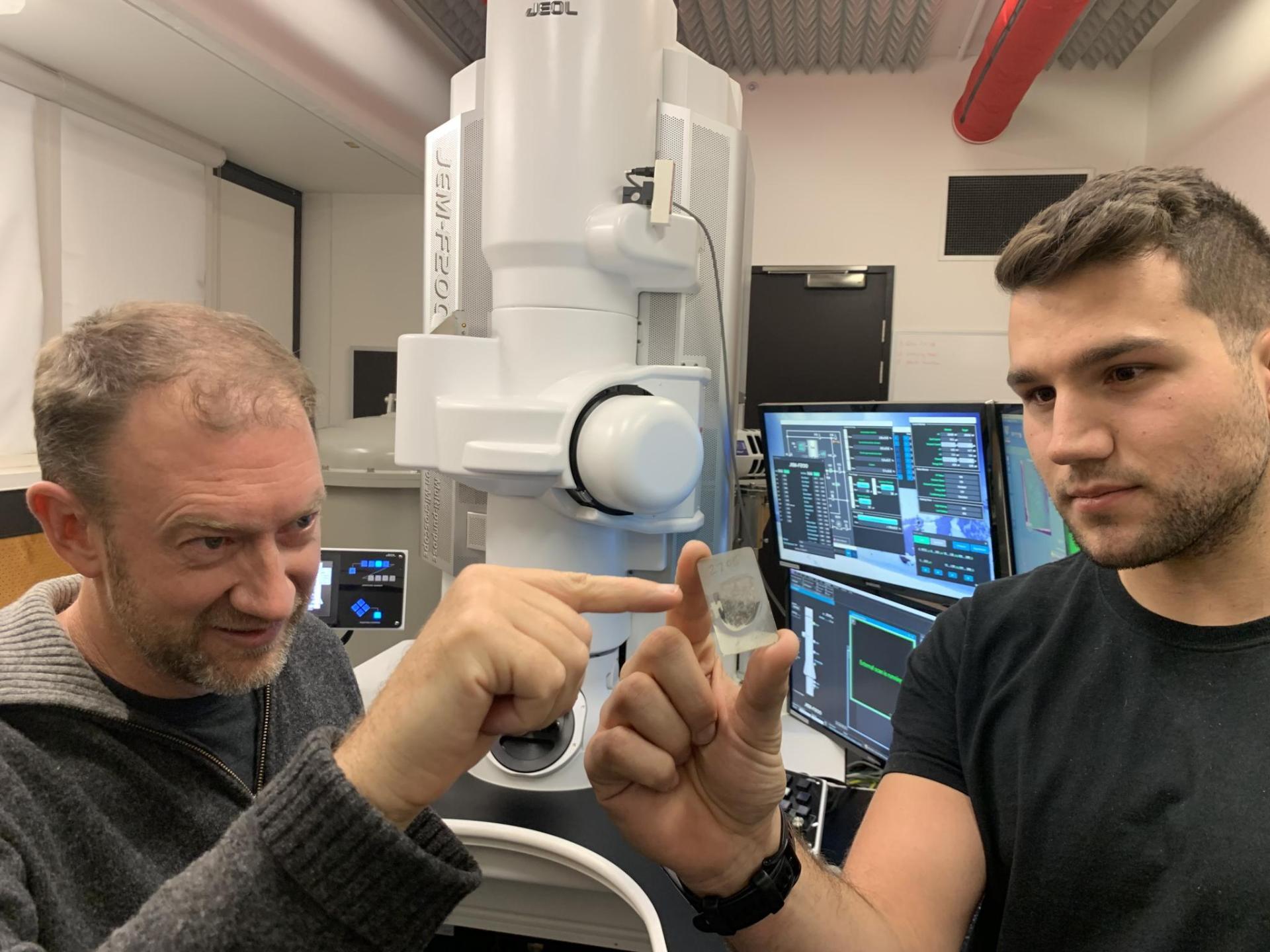Space diamonds from another planet show scientists how to make harder materials
The discovery of space diamonds in rare meteorites could help industry make harder materials for specialized machinery

Diamonds may be the hardest naturally occurring substance on Earth, but space diamonds could be harder.
In new research from a team of Australian scientists published Monday in the Proceedings of the National Academy of Sciences, the researchers not only suggest that certain types of meteorites found on Earth may originate from a dwarf planet somewhere in our Solar System, but that these meteorites contain small amounts of a special form of diamond crystal known as Lonsdaleite.
Lonsdaleite, named after Dame Kathleen Lonsdale, a crystallographer and first woman fellow at the Royal Society, possesses a hexagonal molecular structure that could make it harder than terrestrial diamonds, which possess a cubic structure. Both diamond and lonsdaleite consist of lattices of carbon atoms.
“This study proves categorically that lonsdaleite exists in nature,’’ Royal Melbourne Institute of Technology professor of physics Dougal McCulloch said in a statement. “We have also discovered the largest lonsdaleite crystals known to date that are up to a micron in size – much, much thinner than a human hair.”
The researchers examined samples of multiple Ureilite meteorites, a rare form of meteorite that often contains more carbon than other meteorites. The researchers believe the lonsdaleite was created in the mantle of a dwarf planet somewhere in our Solar System during a large collision with another celestial body.
Importantly however, the researchers note that the lonsdaleite likely formed under high heat but only moderate pressure, a combination of factors that make the origins of these space diamonds similar to the way industry currently produces synthetic diamonds
“There’s strong evidence that there’s a newly discovered formation process for the lonsdaleite and regular diamond, which is like a supercritical chemical vapour deposition process that has taken place in these space rocks, probably in the dwarf planet shortly after a catastrophic collision,” Dr McCulloch said in a statement. “Chemical vapour deposition is one of the ways that people make diamonds in the lab, essentially by growing them in a specialised chamber.”
In the case of the meteorite lonsdaleite, carbon atoms from graphite were rearranged into the diamond-like mineral in the dwarf planet collision, providing a strategy for scientists and industry to attempt creating synthetic lonsdaleite on Earth.
“Nature has thus provided us with a process to try and replicate in industry,” lead author of the study and ARC Future Fellow at Monash University’s School of Earth, Atmosphere and Environment, Andrew Tomkins said in a statement. “We think that lonsdaleite could be used to make tiny, ultra-hard machine parts if we can develop an industrial process that promotes replacement of pre-shaped graphite parts by lonsdaleite.”
Join our commenting forum
Join thought-provoking conversations, follow other Independent readers and see their replies
Comments